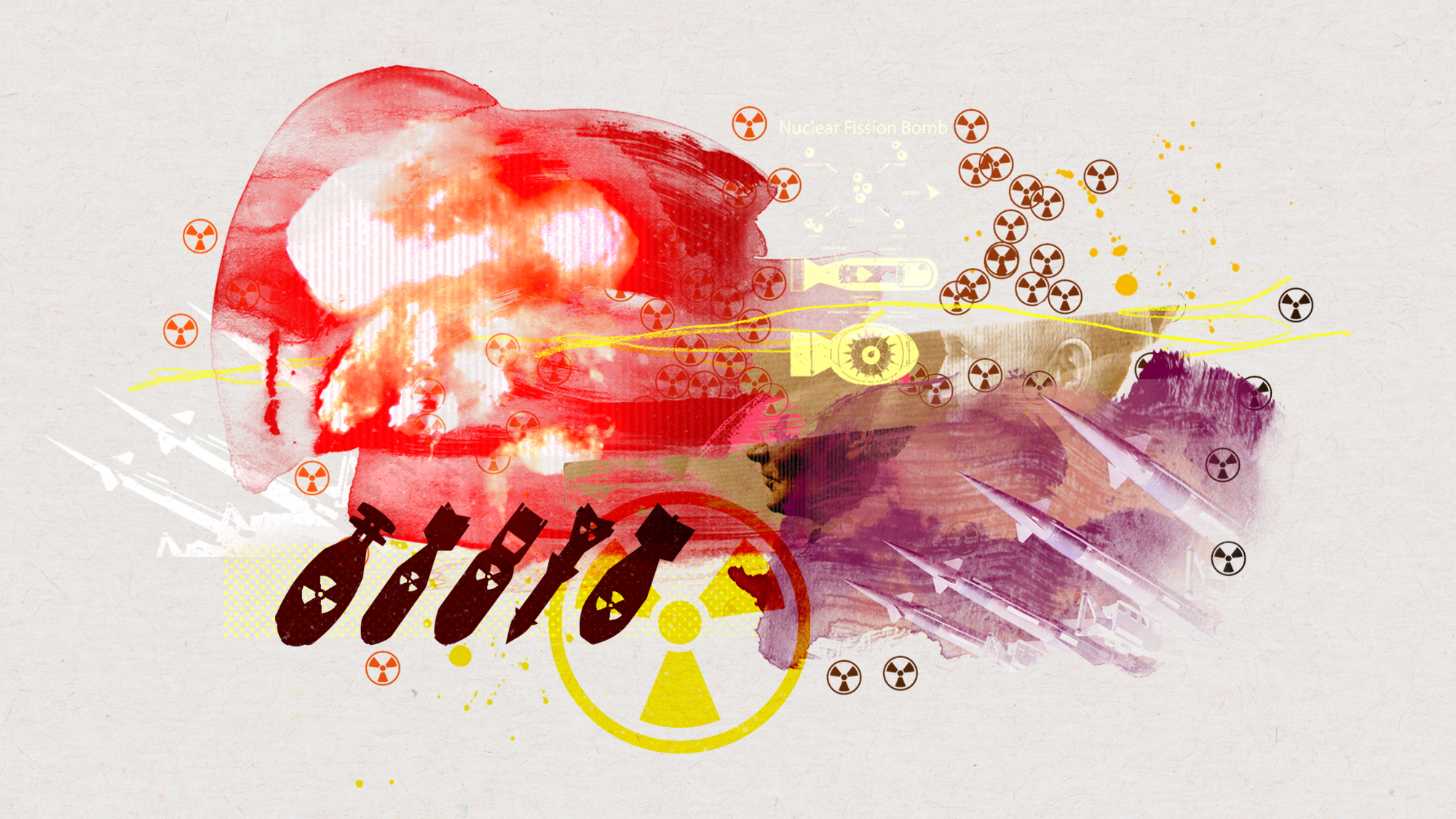The world must prepare for the possibility that Vladimir Putin will think a nuclear attack on Ukraine is Russia’s “only option”, said The Telegraph.
Russian losses are “ghosting close” to one million and “detailed analysis” shows that Moscow has made “scant progress” in the past 12 months. So the “only way” Putin can “achieve his aims” might be to deploy tactical nuclear weapons, former British Army officer and chemical weapons expert Hamish de Bretton-Gordon wrote in the paper.
Although these battlefield nuclear missiles would be “small” compared to the atom bomb that devastated Hiroshima and Nagasaki in 1945, their use would shatter the “nuclear equilibrium” that has “prevented WW3 for 75 years”.
Subscribe to The Week
Escape your echo chamber. Get the facts behind the news, plus analysis from multiple perspectives.
SUBSCRIBE & SAVE
Sign up for The Week’s Free Newsletters
From our morning news briefing to a weekly Good News Newsletter, get the best of The Week delivered directly to your inbox.
From our morning news briefing to a weekly Good News Newsletter, get the best of The Week delivered directly to your inbox.
What are nuclear weapons?
They come under two broad categories: atomic bombs, which use power released by the splitting of atomic nuclei, and hydrogen bombs (also known as thermonuclear bombs), whose explosive force derives from nuclear fusion.
Between them, the world’s nine nuclear powers are thought to have “roughly” 12,331 nuclear warheads, said the Federation of American Scientists (FAS).
What are ‘tactical’ nuclear weapons?
Sometimes called “battlefield” or “non-strategic” missiles, tactical nuclear weapons are designed for use in military encounters between opposing forces, rather than for strategic strikes on an adversary’s territory. They are smaller and less powerful than strategic nuclear weapons, but they can have explosive yields of up to 300 kilotons, or 20 times that of the bomb that destroyed Hiroshima.
In 2022, the Bulletin of the Atomic Scientists estimated that Russian had 1,912 of these missiles. The US was thought to have 200, including 100 deployed across five European countries.
What are strategic ballistic missiles?
These powerful missiles, sometimes known as intercontinental missiles, are the big brothers of the tactical weapons. With ranges between 6,000 and 9,300 miles, they’re capable of reaching targets on the other side of the world in a matter of minutes and contain enough power to raze cities.
These bombs, which are the ones depicted in nuclear apocalypse films and TV shows like “Threads”, were first developed by the Soviet Union in 1958. The United States built its own the following year and China followed suit some 20 years later.
Are nuclear stockpiles growing?
Although the “exact number” of nuclear weapons in each country’s possession is a “closely held national secret”, the US is “reducing its nuclear stockpile slowly”, said the FAS, as it dismantles “previously retired warheads”.
Israel and France have “relatively stable” inventories, but China, India, North Korea, Pakistan and the UK are all “thought to be increasing their stockpiles”. It’s believed that Moscow is also adding to its nuclear capacity.



